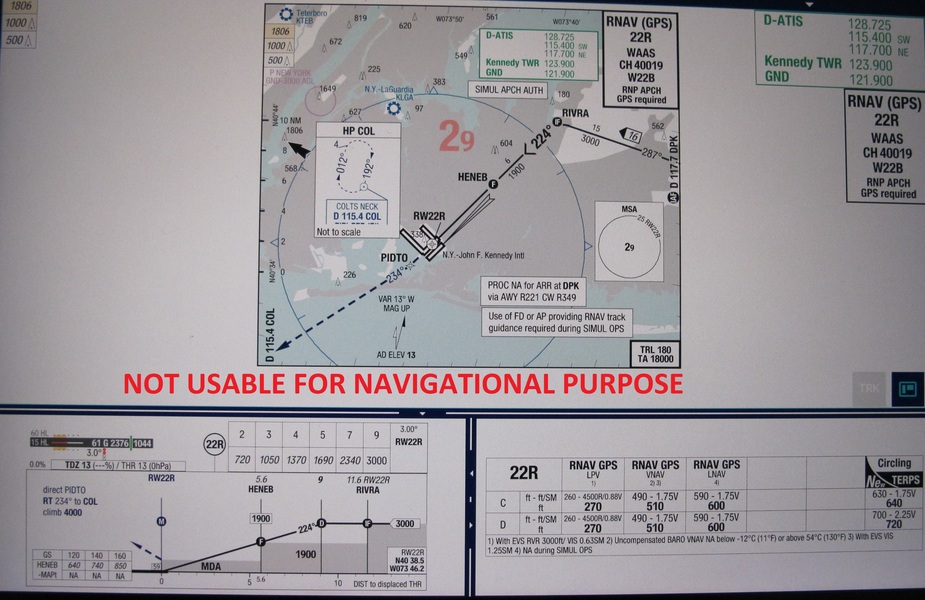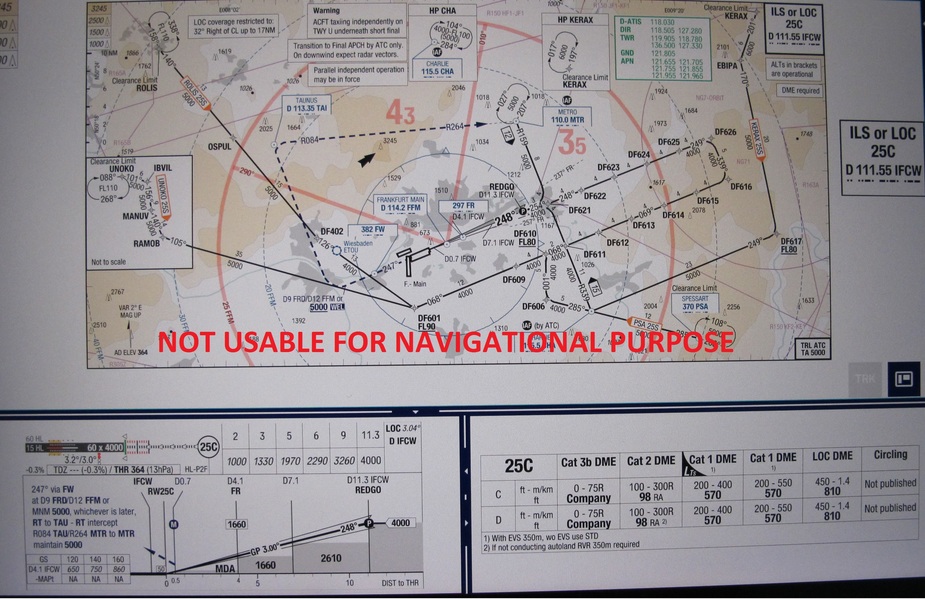As several have mentioned, does it really matter? Or put another way, what is the reason for the OP question? Just to generate a discussion?
As with most things, US, Europe, and ICAO tend to have different subtleties in the definitions. In Europe there has been a move away from the terms towards the 2D/3D differentiation for the purposes of training and testing.
Regarding the quote above from the US CFR’s, I would agree with 172driver’s interpretation but others in the US cite the TERPS which define precision in such a way that only ILS and PAR qualify, and use this interpretation as relevant for the flight planning wx minimums. But even in the US, once in the air the flight plan alternate is academic so the distinction is only relevant for the flight plan itself with the associated fuel planning. The reality there is also that no one really cares, and RNAV(GPS) procedures to LPV DA are accepted as “precision” for training/testing purposes.
From ICAO Doc 4444 by definition :
“…APV Approach procedure with vertical guidance (APV). An instrument procedure which utilizes lateral and vertical guidance but does not meet the requirements established for precision approach and landing operations. "
So ; Even though LPV approaches have vertical guidance, they’re not considered precision approaches. Instead, they’re an approach with vertical guidance (APV).
Here are some examples:


“Precision approach (PA) procedure. An instrument approach procedure using precision lateral and vertical guidance with minima as determined by the category of operation. Note.— Lateral and vertical guidance refers to the guidance provided either by:
a) a ground-based navigation aid; or
b) computer-generated navigation data. "
ILS, MLS (unable find any chart as an example from my EFB) , GLS and PAR ( “Precision approach radar (PAR). Primary radar equipment used to determine the position of an aircraft during final approach, in terms of lateral and vertical deviations relative to a nominal approach path, and in range relative to touchdown” )
Here are some examples:


(!!!All charts here are NOT intended to be used in real flight, just for examples.!!! Sorry for only examples of CAT C/D Airplanes )
Basically any approach meet precision approach criteria could you take down to 200’ with 550 RVR with AP or FD, otherwise 800 meters RVR, and precision approaches deal with RVR rather than ceiling. You can continue approach as long as reported visibility or RVR meets (and above) the charted criteria. The RVR minima is also affected by the lighting facility.( FALS,IALS,BALS,NALS). I hope that helps little.
This is a very interesting discussion, even though – as mentioned above – it is not really relevant to flying in the IFR system.
I think it demonstrates the infinite ability of humans to create work: When GPS caused the bottom to drop out of the navigation market, everybody in the “nav” business started stratching around for ways to complicate it and create new “standards”. So we got PRNAV, RNAV1, RNAV5, BRNAV, RNP, god knows what else. In the meantime, the way you actually fly a plane in the IFR system has hardly changed.
ILS and LPV are precision approaches regardless of whatever (mysterious, thus far, despite bookworm’s tantalising input) definition ICAO has created 
Fig 3.3 in the following document defines precision and non-precision approach:
SkyWagon wrote:
So ; Even though LPV approaches have vertical guidance, they’re not considered precision approaches. Instead, they’re an approach with vertical guidance (APV).
LPV can either be :
See ICAO annex 10 for more technical details.
When a LPV is a precision approach, the jeppesen minima box reads “LPV CAT I” (see LFPB RNP RWY 27 approach for example)
I think doc 4444 is not yet updated to reflect this change.
It only matters from a procedure design perspective.
You are right, it is all about the design crietaria. By the way, unable to reach the charts of LFPB, may you please post it here? Or what is the minima :DA and RVR for RWY27?
SkyWagon wrote:
unable to reach the charts of LFPB
Does this link work for you ?
Accessed from https://www.sia.aviation-civile.gouv.fr/documents/htmlshow?f=dvd/eAIP_02_JAN_2020/FRANCE/home.html
AIP links go dead within a month. Unfortunately there is a large number of PDFs on that one and I don’t have time to localise them. I have the Jepp data but can’t post it here.
ILS 27

RNP 27

Not sure about some of the distinctions, if I take an ILS on neddle and its LPV GPS overlay where both have the same minima/design/specs, why one is precision and the other not precision?
I would have assumed any ILS with valid GS to be always called precision approach (not just a LOC apprach +DME or advisory slop), if yes, then its LPV GPS overlay should be as well, no?